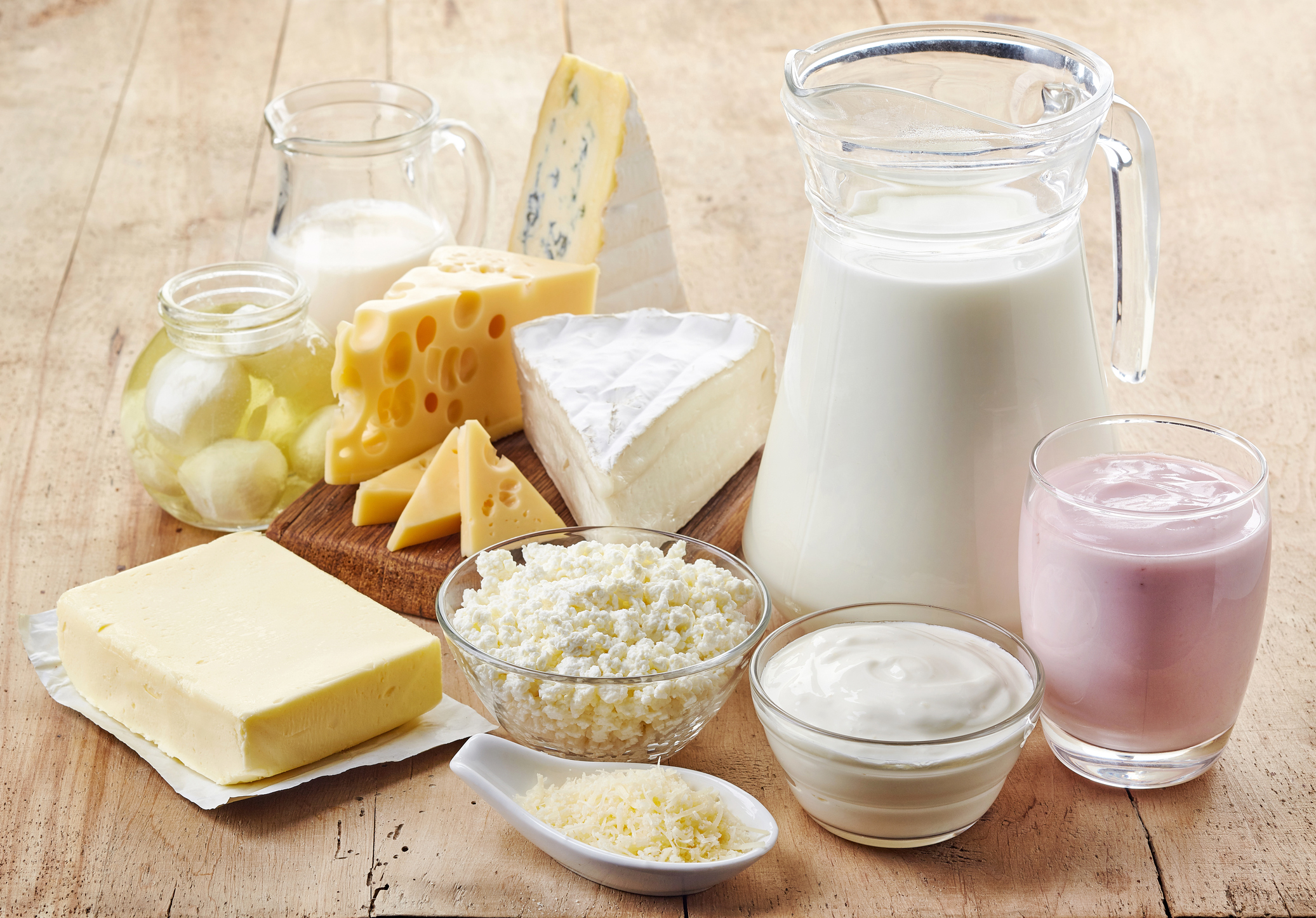It’s tough being lactose intolerant, especially if you’ve had a childhood where milk and other milk-based treats have always been part of your comfort food choices. While it’s possible to weather through the pain after you’ve indulged yourself, it’s really not a good thing for your digestion, and it could result in a lot of annoying and even dangerous health conditions.
Thankfully, there are food alternatives that allow you to enjoy the creamy deliciousness of milk without having to spend the rest of the day in pain or suffering on the toilet. Here are some of those food alternatives that you should definitely look into when the craving for milk strikes.
Nut Milk
If you can’t go a single day without downing a glass of cold, creamy milk, then why not drink nut-based milk as an alternative instead? Nut-based milk is just what it says on the tin: milk that’s derived from nuts, and it’s as tasty and delicious as it sounds. Choose from a handful of varieties: peanut, almond, cashew, and even walnut. Best of all, nut milk is proven to be as nutritious as actual milk, packing an equal amount of muscle-building protein without the added calories or cholesterol. They also come in different flavors that’s sure to tickle your palate.
Soy Milk
Another type of plant-based milk derivative, soy milk is also a good alternative to full dairy milk. It offers the same benefits as nut milk, in that it’s just as creamy and nutritious without being fattening. There’s also the fact that soy milk is often sold fortified with calcium, so you’ll be getting your daily needed amount with every glassful. The only thing you have to watch out for when it comes to soy milk is that it can be quite bland as a milk substitute, so if you want your milk to have a bit more taste, then buy the variants with flavorings added.
Cheese
While cheese does in fact contain milk—which in turn means it has lactose in it—the amount is far lesser than what is usually in a glass of actual milk. This typically comes up to no more than 2 grams of lactose per gram of cheese. You can even go further by choosing hard or aged cheese varieties that are low in lactose such as Swiss cheese, Parmesan cheese and blue cheeses. Include a healthy amount of cheese in your lactose-free diet as they can give you the calcium you need for strong bones.
Leafy Green Vegetables
For those who really can’t stomach even the smallest bit of lactose, you can make up for your complete avoidance of milk by adding more leafy greens into your diet instead. This will give you the calcium you need to keep your bones and teeth strong. Examples of calcium-rich vegetables include rhubarb, spinach, kale, and broccoli. Pinto beans and other foods enriched with calcium should also be on your list.
Fruit Smoothies And Sherbets
Desperately craving for a cold bowl of ice cream or a smooth and chunky milkshake? Make sherbets or smoothies instead! Simply cut up your favorite fruits, then freeze them overnight. Plop them into a food processor or a blender and you’ll be able to enjoy creamy and delicious desserts without the fattening calories or the stomach-churning lactose. Best of all, you’ll be getting your daily recommended intake of fruits, so it’s even healthy!
Lactase-Added Milk
For those of us who just can’t kick their milk addiction, you can still enjoy milk—so long as you buy the variety that is fortified with lactase. Lactase is the enzyme that breaks down the sugar in milk, and it’s this exact enzyme that lactose intolerant folk lack in their guts. By drinking milk that has lactase added to it, you can easily enjoy milk again without all the suffering afterward. Just be warned that it may taste a bit sweeter than regular milk.
Conclusion
Being lactose intolerant doesn’t mean you have to completely do away with milk, or suffer a calcium deficiency. By adding the above mentioned types of food alternatives to your daily diet, you can still enjoy the creamy goodness that milk can bring, or make up for the lack of milk when it comes to your calcium intake.



